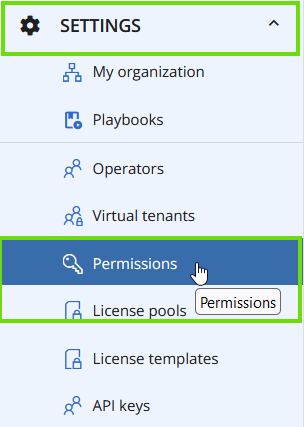With CoreView, you gain access to a level of permission management that goes beyond what the native Microsoft 365 portal offers. This includes:
- Granular Permissions and tailored Least Privilege Access: CoreView allows you to define permissions with a high level of granularity. This means you can specify exactly what actions each user or role can perform, down to the smallest detail. This level of control can help you implement a principle of least privilege access, where users only have the permissions they need to perform their jobs and nothing more. This can significantly reduce the risk of accidental or malicious misuse of permissions.
- Role-Based Control Strategies: CoreView supports role-based access control (RBAC), a strategy where permissions are assigned to roles, and users are assigned to these roles. This makes it easier to manage permissions, as you only need to define the permissions for each role once, and then assign users to the roles that match their job functions. This can also improve security, as it reduces the risk of users being granted inappropriate permissions.
- Removal from native admin roles: by creating and assigning Permissions and Virtual TenantsTM in CoreView, you can remove users from native admin roles.
The upcoming sections will enhance your understanding of permissions management particularly:
- You will acquire knowledge on the following features and settings to create, edit and configure permission sets:
- You will learn how to assign permissions
As permissions are intricately connected to “Operators,” we recommend visiting the following pages for additional insights:
Access the “Permissions” page from “SETTINGS” > “Permissions”

